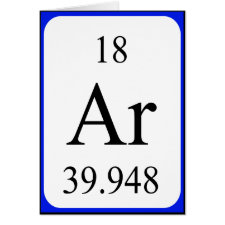
Authors: Rubinstein I, Steinberg S, Tor Y, Shanzer A, Sagiv J
Article Title: Ionic recognition and selective response in self-assembling monolayer membranes on electrodes.
Publication date: 1988
Journal: Nature
Volume: 332
Issue: (6163)
Page numbers: 426-429.
DOI: 10.1038/332426a0
Abstract: Communication in living organisms is governed by cell bilayer membranes, which selectively recognize a specific component in the presence of others and accordingly respond. The functioning of such molecular-size barriers involves molecular and quantum processes deriving from a precise, purpose-oriented architecture, and attempts have been made to create artificial supramolecular structures exhibiting similar properties1–9. In particular, chemically modified electrodes, coated with various types of organic layers10–18, have been used to control the access of electroactive species from solution, but such systems have so far lacked some of the important features of real, molecular-size membranes. Here we present the first example of an electrode coated with a stable, ion-selective artificial membrane having the thickness of just one molecule, which successfully mimics basic structural and functional principles of the natural bilayer membrane. This monolayer membrane, produced by molecular self-assembly on gold, can recognize a selected metal ion in the presence of other ions, and thus induces a specific electrode response. It consists of synthetic 'receptor sites', designed to impart the desired selectivity, embedded within an inert monolayer matrix which blocks vacant sites on the surface and so prevents the passage of undesired species. The supporting gold electrode permits electrochemical analysis of the membrane structure and performance. Such monolayer membranes may aid the study of elementary charge transfer processes at liquid–solid interfaces, and contribute to future molecular-based technologies.



Join the Society for Molecular Imprinting

New items RSS feed
Sign-up for e-mail updates:
Choose between receiving an occasional newsletter or more frequent e-mail alerts.
Click here to go to the sign-up page.
Is your name elemental or peptidic? Enter your name and find out by clicking either of the buttons below!
Other products you may like:
 MIPdatabase
MIPdatabase









